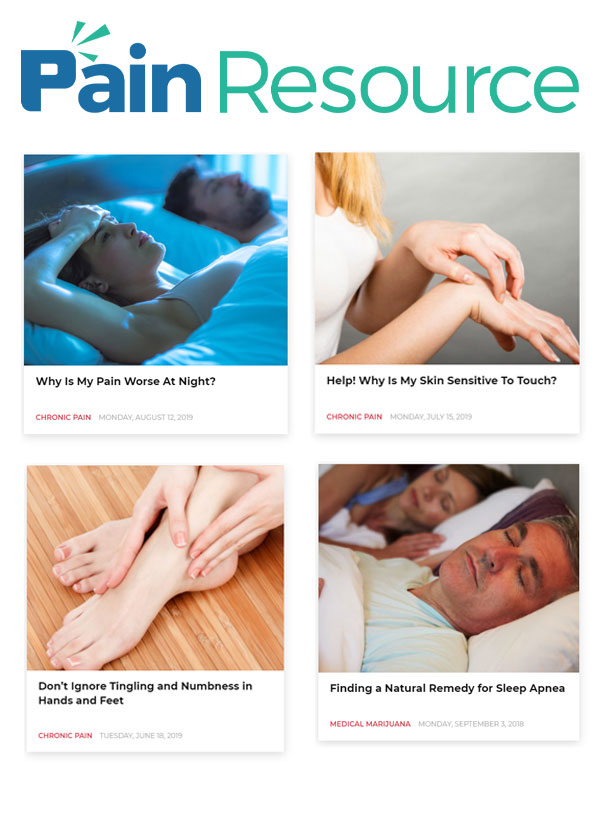
Seasonal affective disorder, also referred to as SAD, affects six percent of the United States population. It’s also speculated that an additional 14 percent of people suffer from seasonal mood changes.
This type of depression can make living life difficult, and it can result in unwanted outcomes, like worsened relationships or missed career opportunities. Fortunately, like other depressive disorders, it can be treated successfully, as long as you know exactly what it is.
Table of Contents
What Is Seasonal Affective Disorder?
As defined by the National Alliance on Mental Illness (NAMI), seasonal affective disorder, or major depressive disorder with a seasonal pattern, is characterized by recurrent episodes of depression in late fall and winter, alternating with periods of normal mood the rest of the year.
It includes symptoms like:
- Hypersomnia
- Daytime fatigue
- Overeating
- Weight gain
- Decreased sexual interest
- Lethargy
- Hopelessness
- Suicidal thoughts
- Lack of interest in usual activities and decreased socialization
SAD shares many signs and symptoms with major depression, but if you’re suffering from seasonal affective disorder, you will only experience these symptoms during one time of the year and not others.
Causes and Risk Factors
People with SAD are more likely to experience symptoms during the fall and winter months. That is why less severe forms of this disorder are often called the winter blues.
Longer nights and shorter days can disrupt your circadian rhythm, which can affect your sleep, mood, and appetite. With more hours of darkness, your body may produce too much melatonin, which causes you to get sleepy, and not enough serotonin, which can lead to irregular moods.
It is also believed that there is a genetic component. According to the National Institute of Mental Health, as much as 67 percent of people with seasonal affective disorder have at least one relative with a mood or psychological disorder.
Vitamin D may also contribute to seasonal affective disorder, but the results of multiple studies have been mixed. There seems to be a correlation between low vitamin D levels and depression. However, studies have not been able to show whether it’s the cause of the illness, and not just a side effect. For example, if you’re feeling sad, you may not go outside as much as you should, which would result in lower vitamin D levels.
Seasonal Affective Disorder Isn’t Just About the Winter


Symptoms of SAD are most likely to show up when the temperatures are cold and the days are short. However, that doesn’t mean everyone who suffers from seasonal depressions experience symptoms during the fall and winter months. For approximately five percent of SAD sufferers, spring and summer bring about the symptoms of SAD.
Because the driving factor behind SAD that presents in winter is the lack of sunlight, it’s thought that sunlight also has a direct effect on whether some people develop this form of depression during the summer months. Getting too much sunlight turns off melatonin production, which can interfere with sleep. It can also disrupt your circadian rhythm. Combined with sweltering heat, those who suffer from summer SAD often feel anxious and angry.
You are more likely to experience this form of depression if you’re a woman, if you have a relative with another mood disorder, if you live close to the equator, or if you have bipolar disorder.
How It Contributes to Substance Abuse
Seasonal affective disorder can come with some unpleasant side effects, like the inability to concentrate, a loss of interest in things you used to enjoy, and weight gain, but for some, the side effects are much more serious.
It isn’t uncommon for those who are suffering from depression to turn to drugs or alcohol to cope. And addiction can get especially tricky for those suffering from SAD because symptoms aren’t consistent throughout the year. You may not think you have a drinking problem because you don’t drink a lot during the summer, but you may turn to alcohol in the winter.
It’s also possible that you believe you have conquered an addiction, but as soon as the seasons start to change, you discover you are tempted to start using again.
Not only can SAD cause you to turn to a previous substance abuse problem, it can also contribute to your depression. Although drinking or doing drugs may seem like an effective way to deal with tough feelings in the moment, it is likely to worsen depressive symptoms over time, which can cause you to develop a substance a use disorder when you didn’t have one before.
The Best Ways to Get Help
If you find yourself turning to drugs or alcohol as a result of the changing seasons, it’s a good idea to consider attending a rehab center. It will enable you to address your substance use issues, which can contribute to better mental health, whether you suffer from SAD or not.
In addition, you will have access to effective treatment options. For example, cognitive behavioral therapy has been shown to be effective for people who suffer from substance use disorders, as well as those who experience seasonal depression.
Don’t make the mistake of thinking there isn’t any local help if you suffer from seasonal affective disorder that presents in the summer and you live in a warm climate. If you also suffer from a substance use disorder, an inpatient or residential program at the Vance Johnson Recovery Center is available to you.
A rehab center in Las Vegas is also a great choice for those who suffer from SAD in the winter in colder climates. Not only will you enjoy warmer, sunnier weather during treatment, but you can avoid the triggers you face at home until you’re ready to cope with them effectively.
The staff at the Vance Johnson Recover Center is standing by to help you with a substance use disorder while providing you with treatment for SAD symptoms. Call us at 888-838-6692 to speak with a member of our team directly, or fill out our contact form and we’ll answer any questions you have about your condition and our recovery center.
The post Seasonal Affective Disorder: What You Need to Know appeared first on Vance Johnson Recovery Center.
Source
Original Author: Vance Johnson Recovery Center

